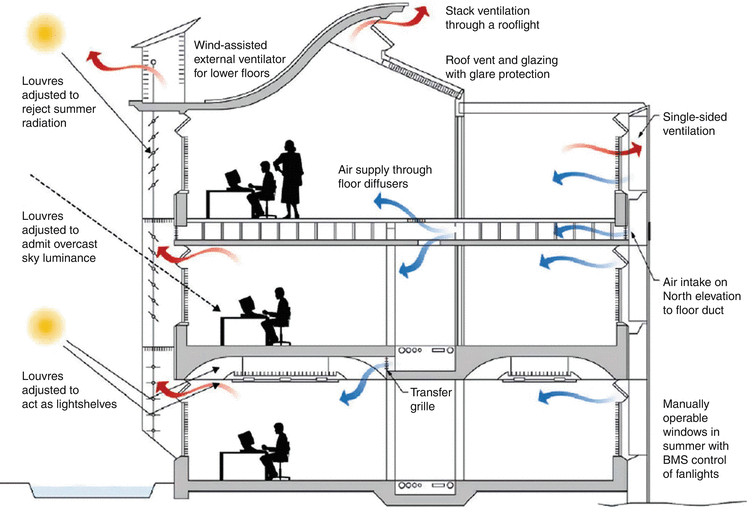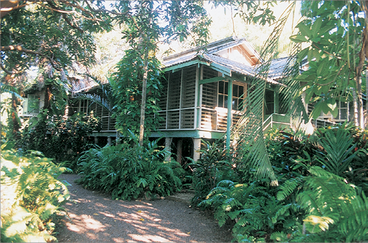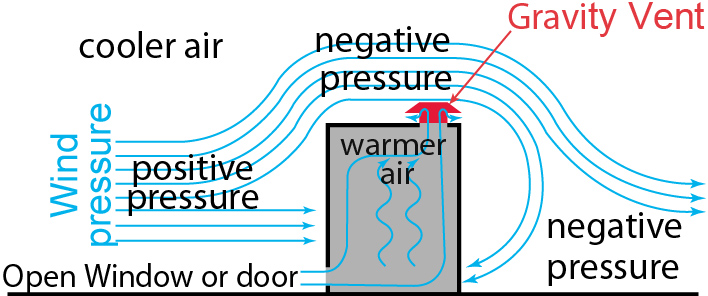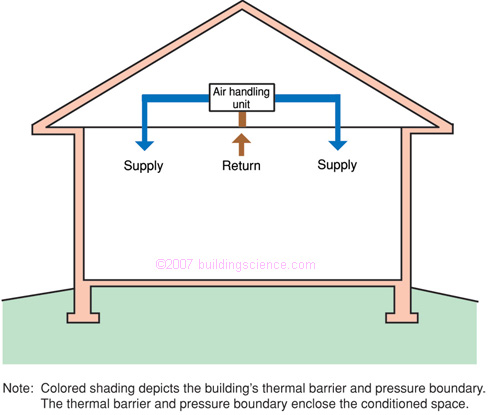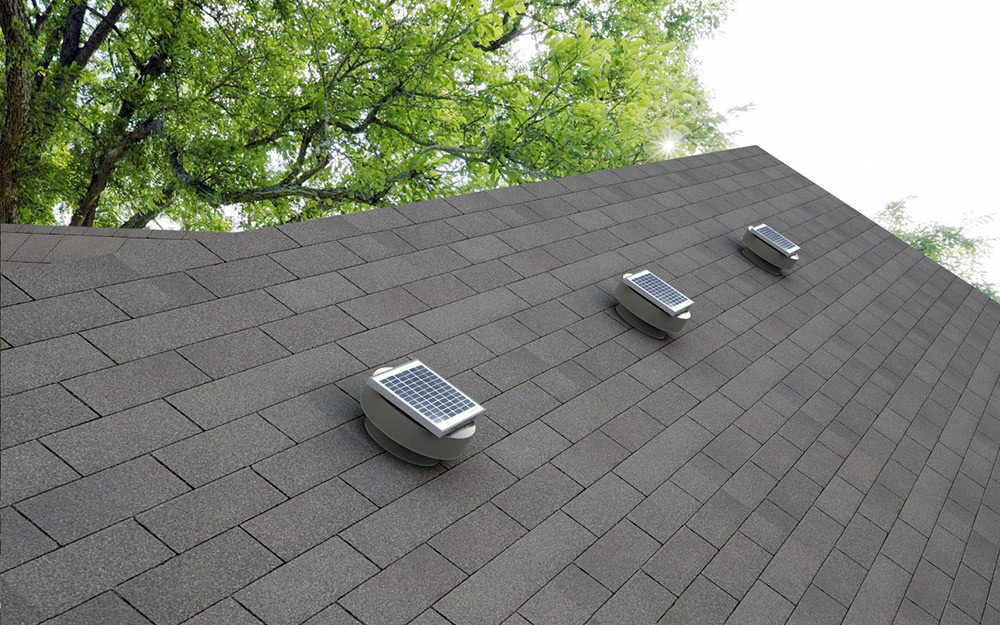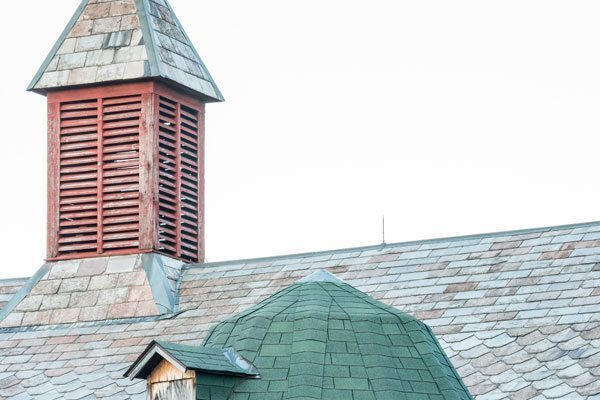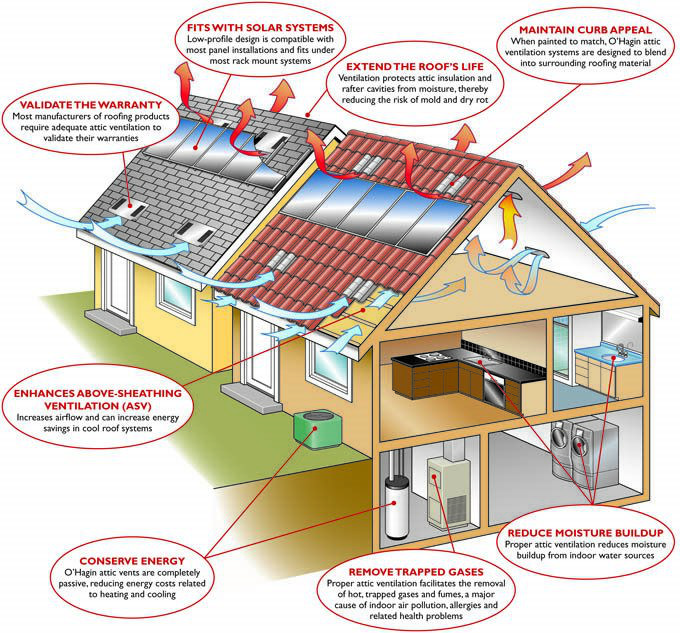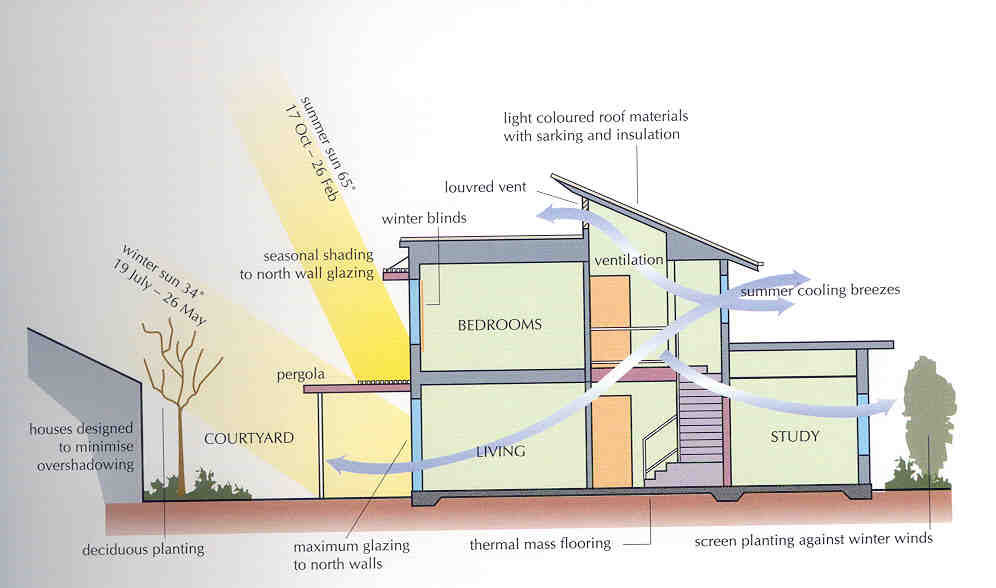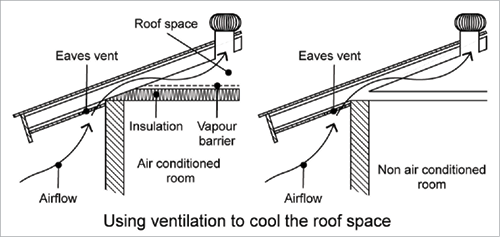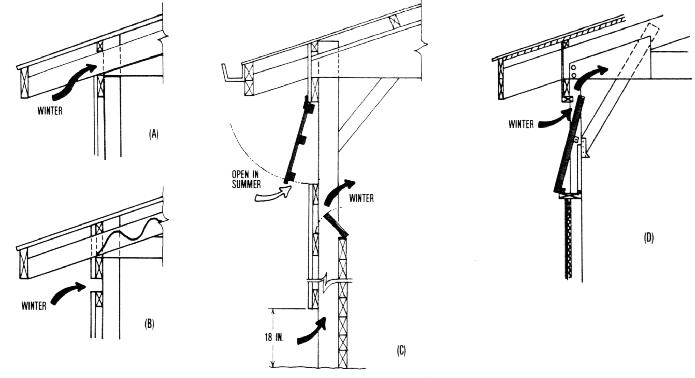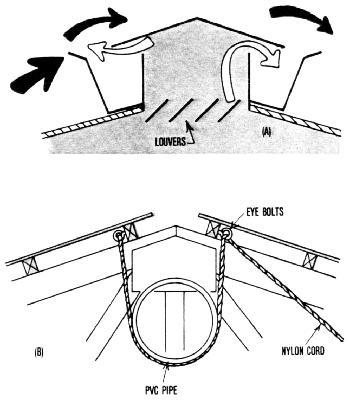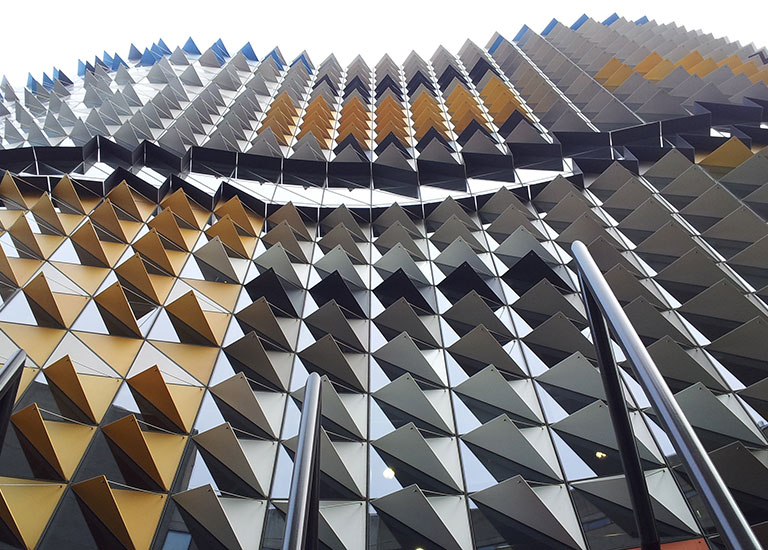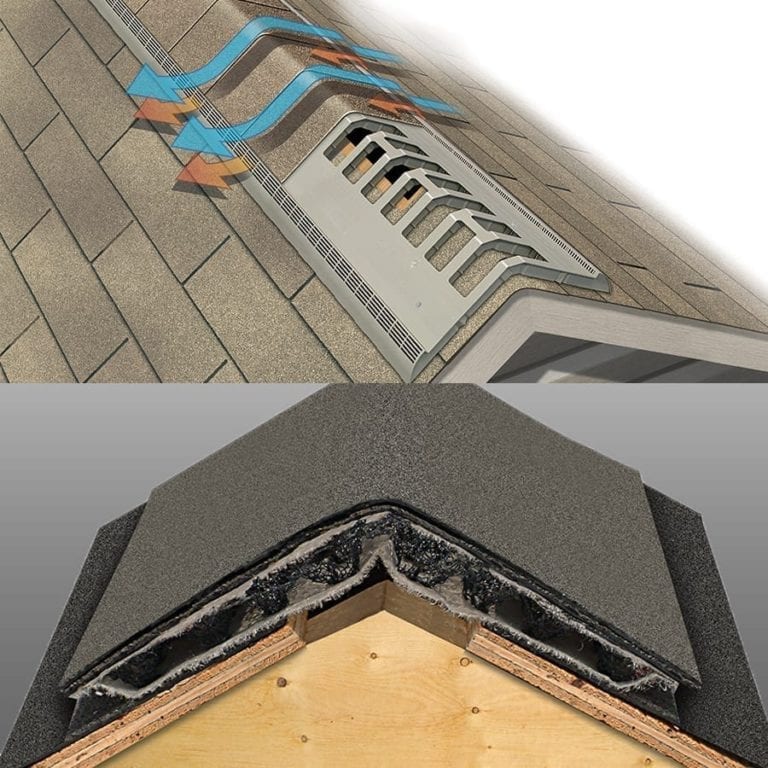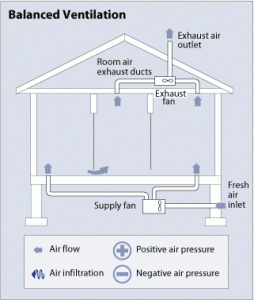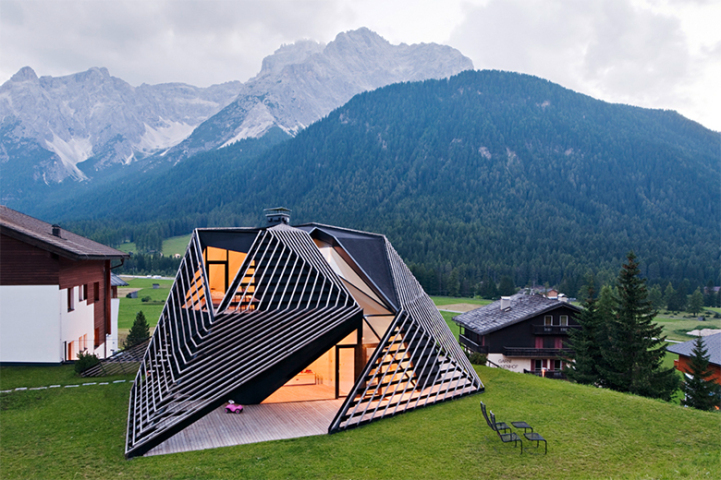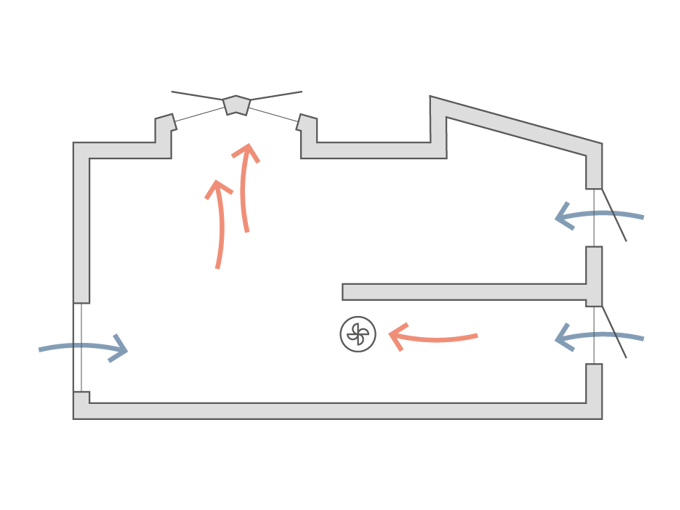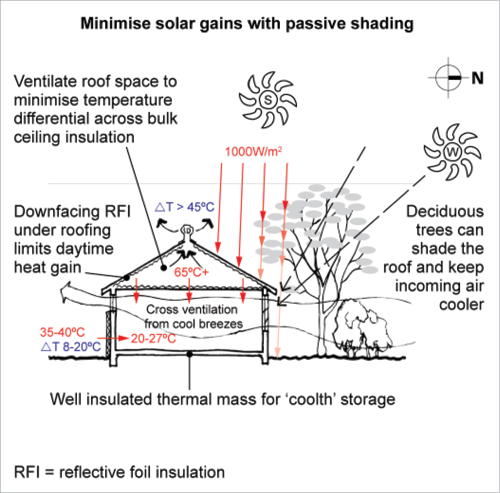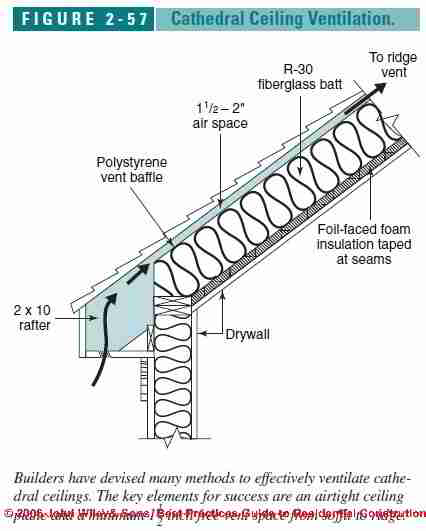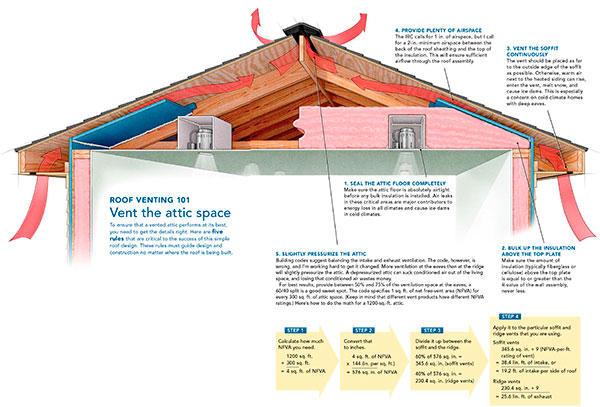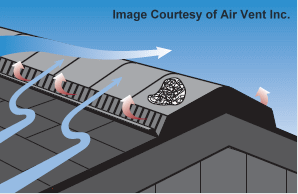Natural Roof Ventilation Design
A durable polyester powder finish to any bsral colour allows a free matching architectural colour choice.
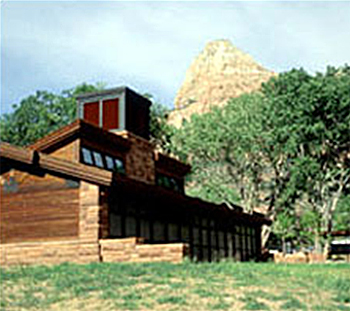
Natural roof ventilation design. As a designer it is important to understand the challenge of simultaneously designing for natural ventilation and mechanical coolingit can be difficult to design structures that are intended to rely on both natural ventilation and artificial cooling. What exactly does that mean. The building codes and building science for natural roof ventilation however only appeared in the 1940s. Section 1203 of the nyc building code allows property owners to deploy natural and mechanical ventilation independently or simultaneously.
For both attics and cathedral ceilings roof ventilation works best when it is balanced between high and low to take advantage of natural convection figure 2 55 at left. See design advice for specific building types in section 261. According to leed the intent of natural ventilation is to provide mechanical or natural ventilation systems that result in improved occupant comfort over conventional designs increasing occupants well being and productivity while reducing energy consumption of ventilations systems. The use of natural ventilation to improve thermal comfort in warm periods is explained in more detail in the thermal comfort chapter.
Design styles are flexible with traditional square designs most popular and with a variety of roof top options. However the code clearly states that natural ventilation is mandatory for any indoor location classified as habitable space by the nyc building code. Special or bespoke roof tops can also be included to complement or contrast with your building design. Vent roofs with steeples towers or cupolas can be found in different buildings from barns to cathedrals.
Ridge soffit vents importance of balanced roof ventilation. Natural ventilation is a design principle that pre dates recorded history and is gaining in favor with architects thanks to its ability to create comfortable healthy and safe interiors. As introduced in chapter 3 natural ventilation is a design strategy that can both reduce energy consumption and provide occupants with a positive psycho physical connection between inside and out. When designing buildings for natural ventilation the design of the roof can play a significant role in the ventilation strategy.
This configuration also tends to evenly wash the entire underside of the roof surface with ventilation air. Brought to you by bilco a properly designed natural ventilation system allows fresh outside air to enter a large space through low level inlet ventilators. A naturally ventilated structure often includes an articulated plan and large window and door openings while an artificially conditioned building is sometimes best served by a compact plan with sealed windows. In short an adequate and balanced ventilation system is one that allows an equal amount of air to enter and exit the attic area.
The large air flow rates provided by natural ventilation during summer facilitate very low co2 levels in the indoor air at no energy cost.


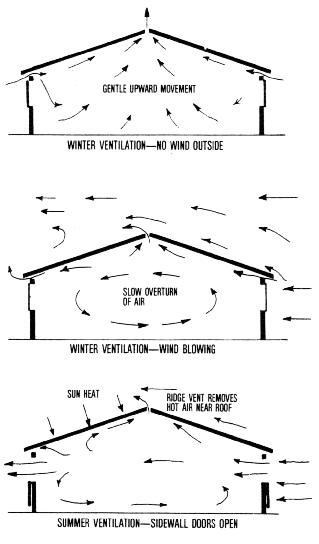
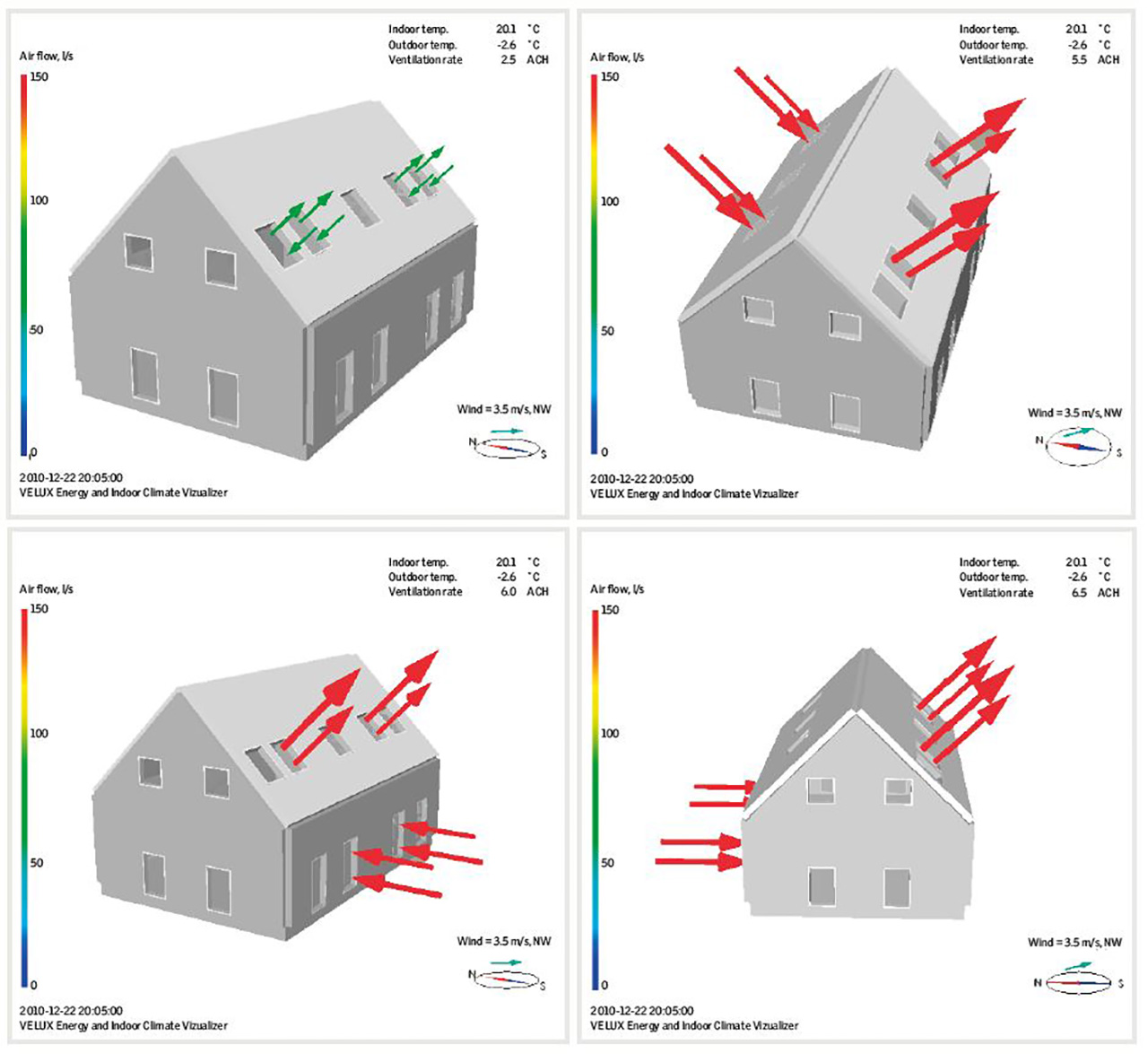



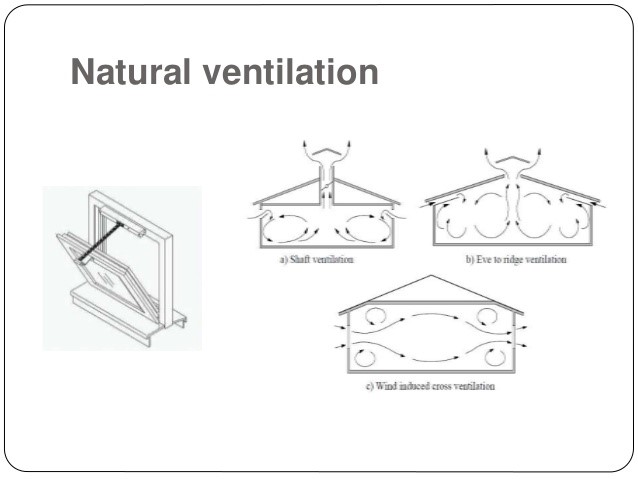







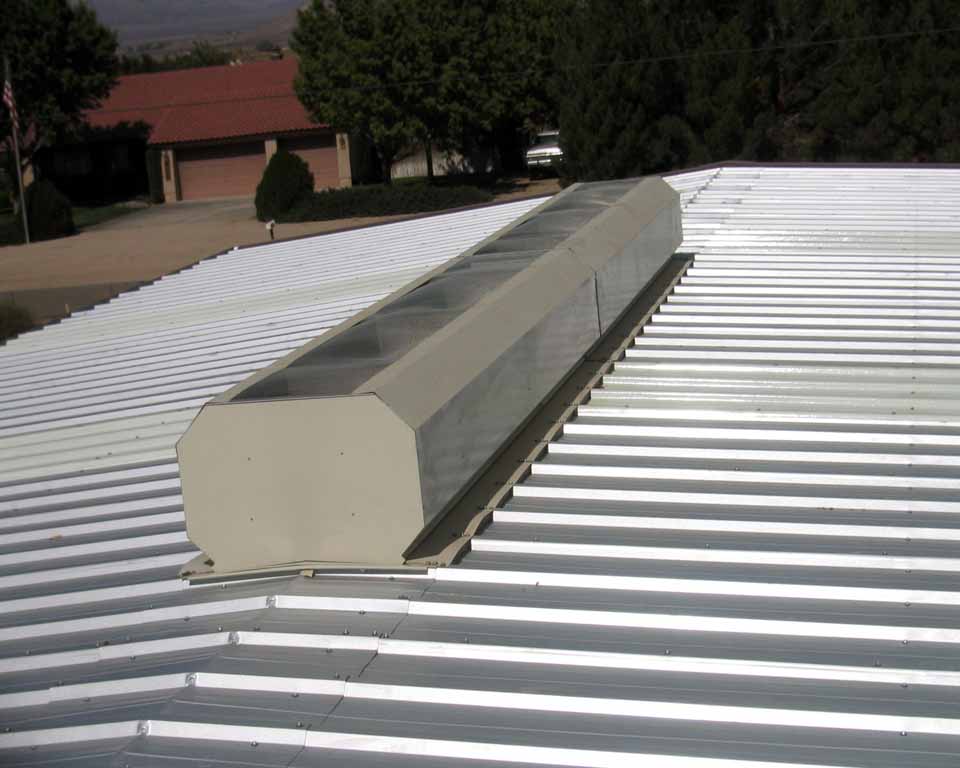


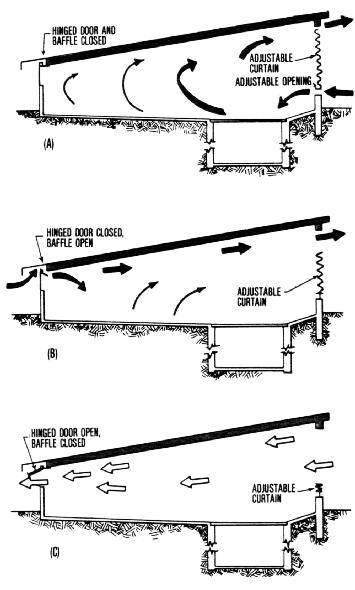

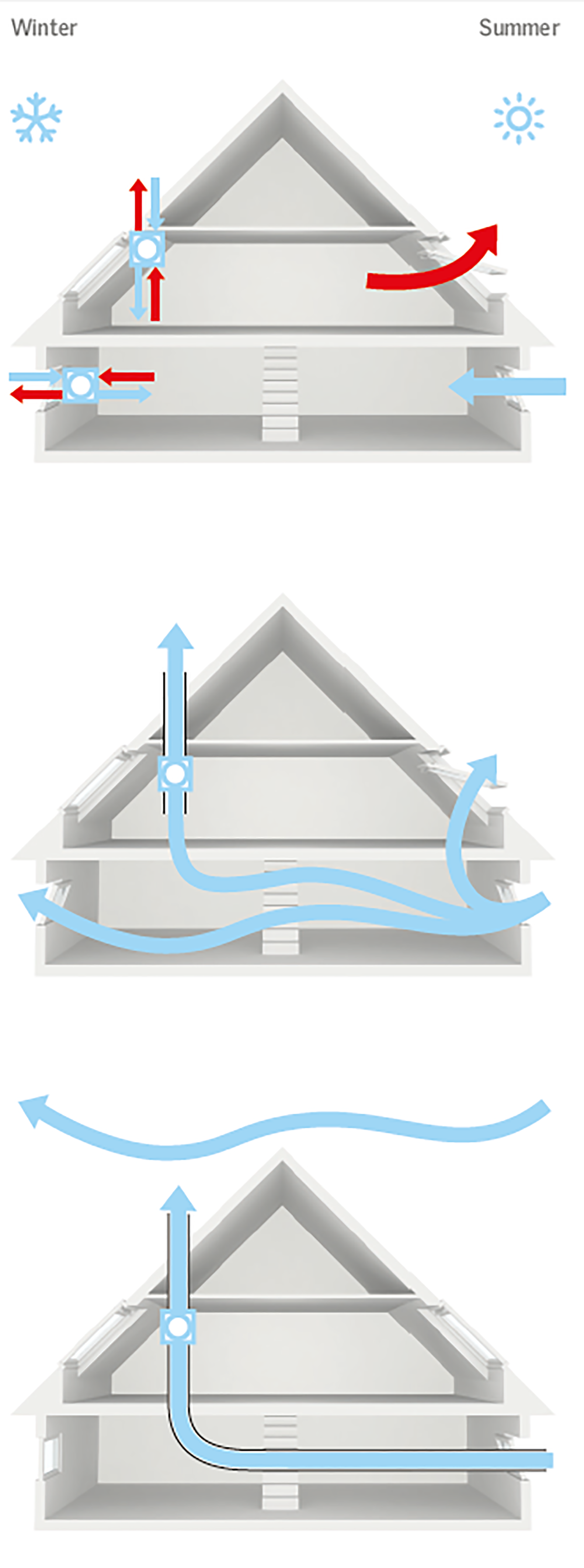
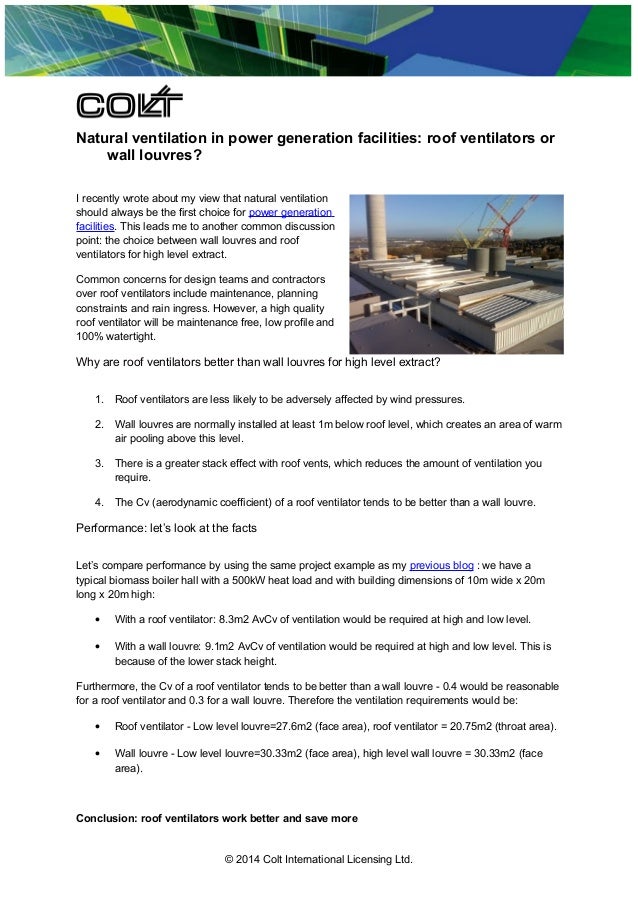

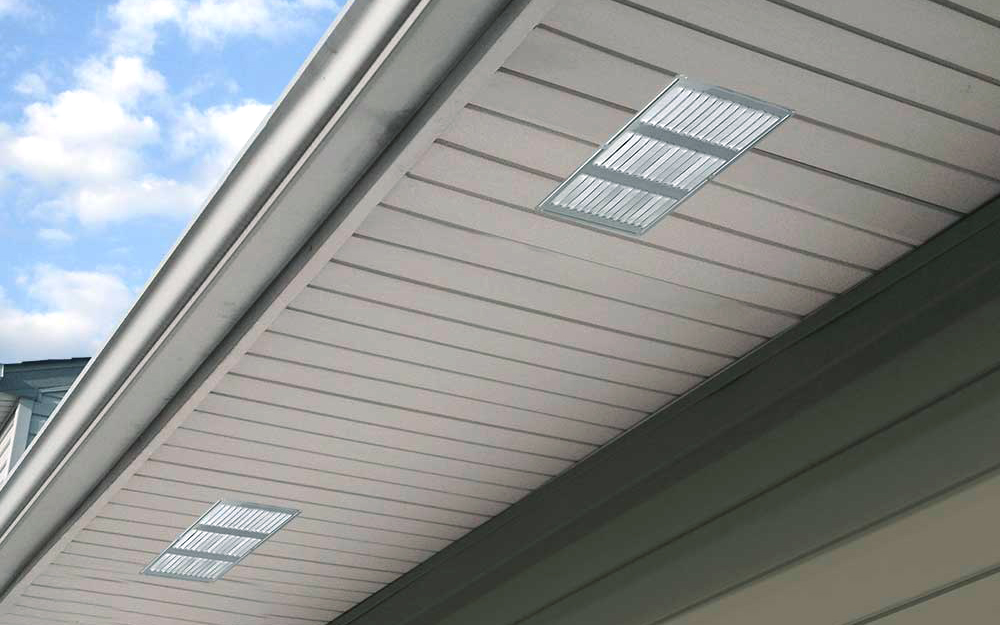
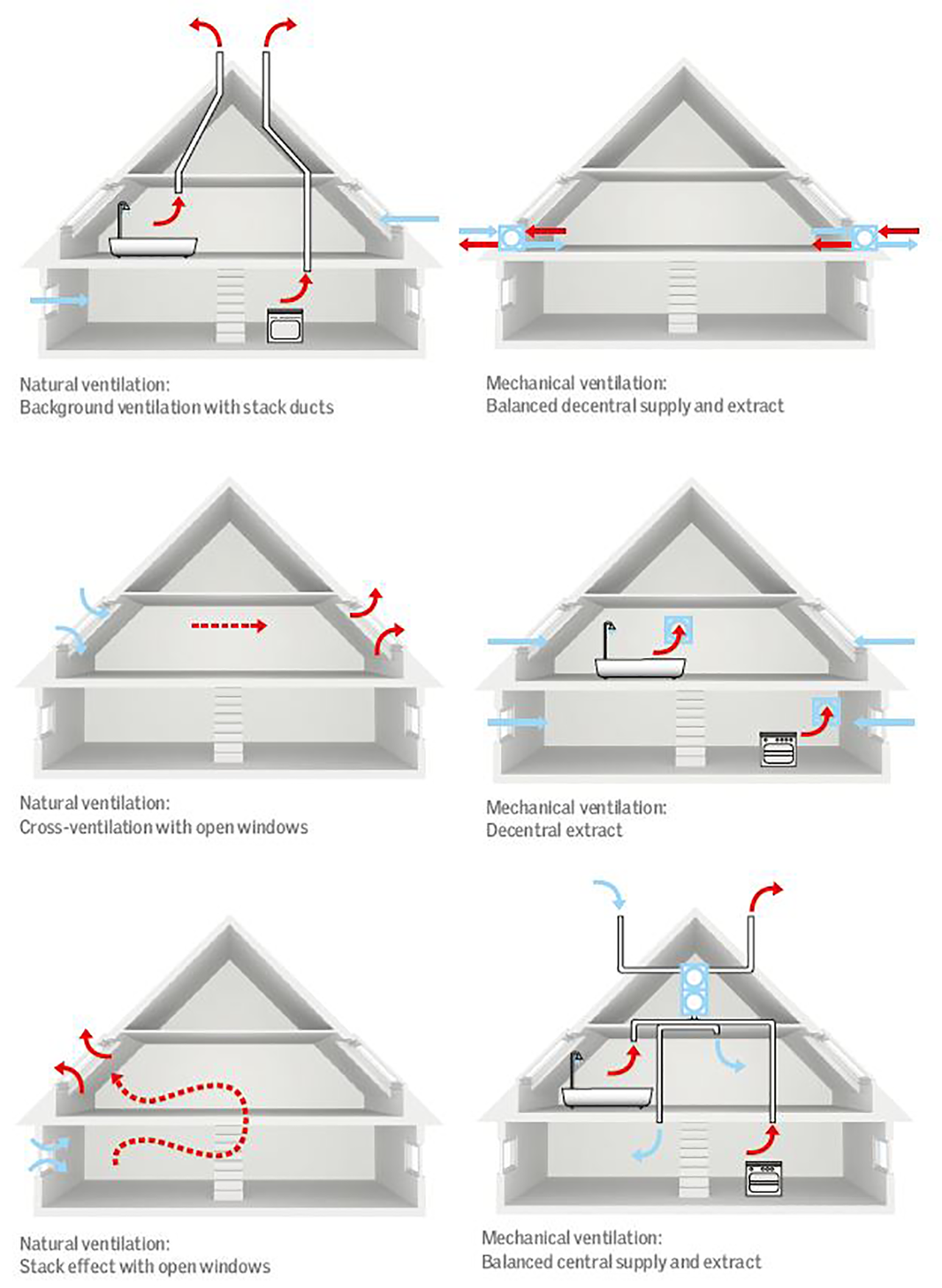

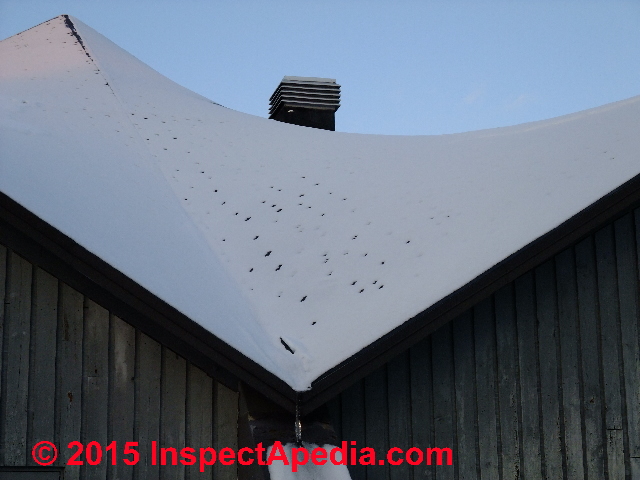





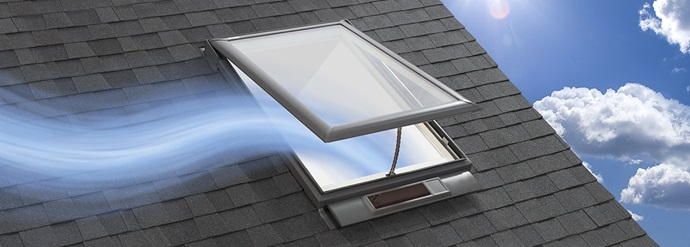

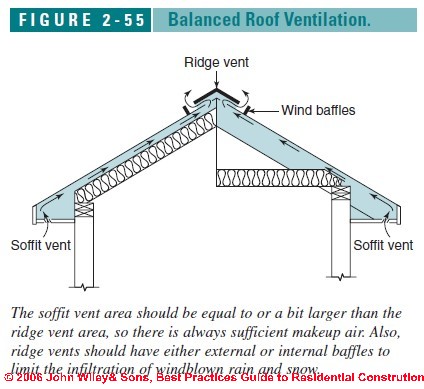






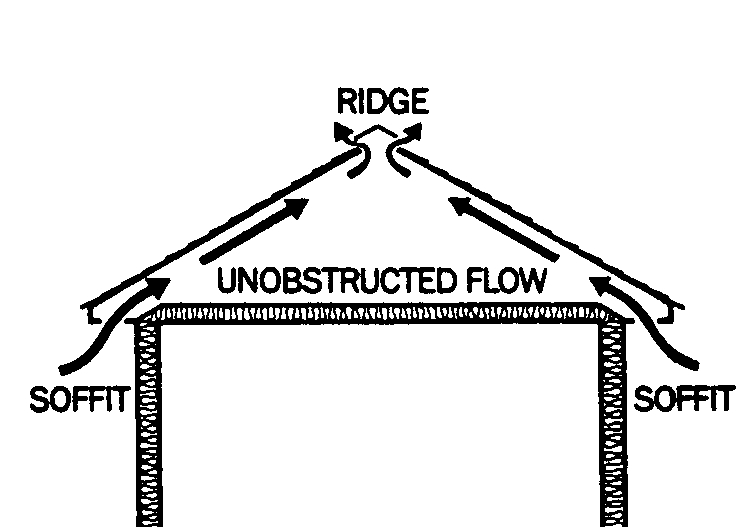
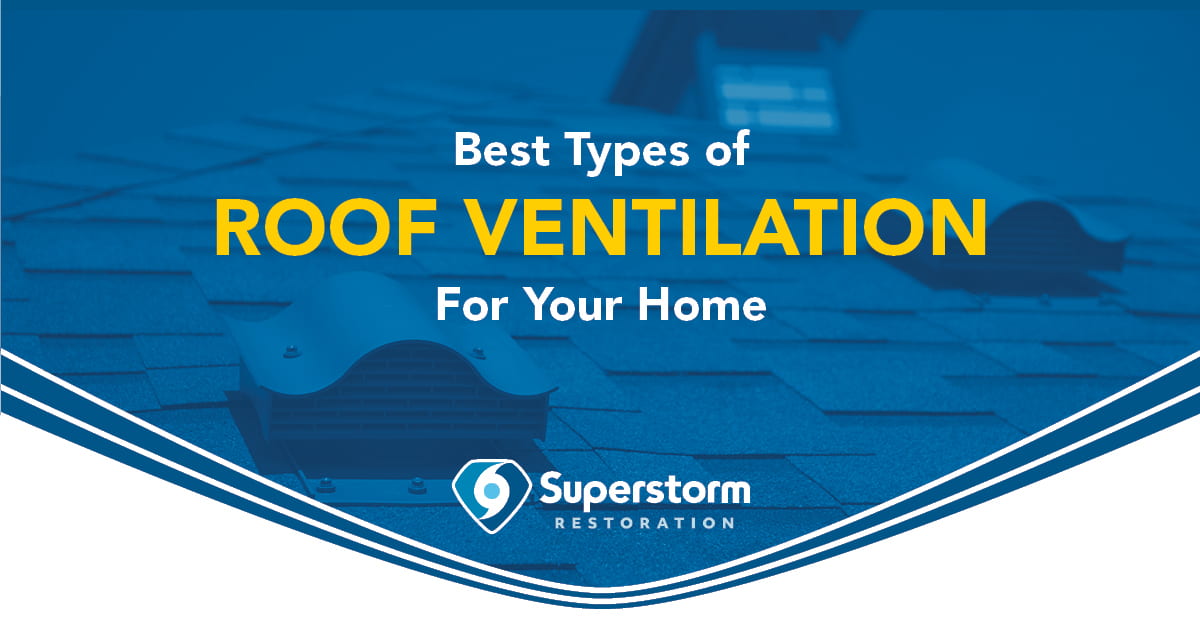
/Modernhouseroof-GettyImages-171137362-5909f11f3df78c9283d772df.jpg)

